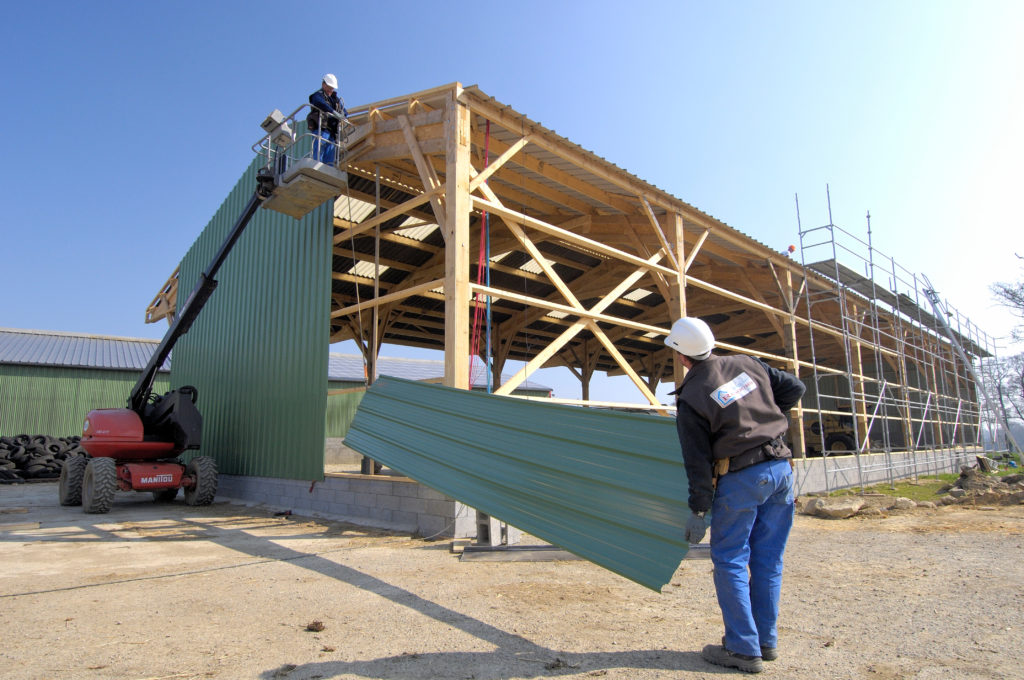Metal siding can help any building seem professionally maintained, while also staying protected from the elements. Additionally, it’s easy-to-clean, uniform aesthetic can help any building increase its curb appeal and overall appearance.
For this reason, learning how to install said siding can help you unlock the benefit of this most superior of materials. Our installation guide will aid you to this end:
Preparation
The old craftsman’s proverb is to measure twice, cut once, and that principle applies here. Measure the entirety of the space you hope to cover with metal siding. Additionally, a smooth, installation-friendly environment will need to be confirmed before you can go ahead with further steps.
This means stripping rotten or incorrectly placed wood. Sanding or clearing debris, curling paint, and other embossed protrusions is crucial. The surface area should be smooth, uniform, and clean. You must leave the underside in the condition you hope for it to be preserved in.
Underlayment
Metal siding requires an underlayment to protect against weather conditions and form a tight seal. Breathable, synthetic material is preferable. This can allow moisture to escape without allowing it in, which will help preserve the undersurface. This can be attached using a staple gun. The lining should be tight, paying attention to the most vulnerable areas, such as opening nears windows. Be sure to leave enough room for overlap, 2-3 inches will often suffice.
Siding Installation
The sealing strip should be placed at the bottom first and foremost, and should accommodate the sheet metal that will be placed here. The sheet metal sliding should be lined in parallel, perfectly uniform. You can use a level to make sure it is placed correctly on both sides. Hammering nails every eight inches in a common approach, or in the pre-cut holes provided by the siding panel, but never too tightly. Additionally, leave corner room (3-5 inches of space) to further accommodate the corner caps.
Corner Caps
Corner caps help keep the structural application stable. Use the rims to brace under the sheets of metal siding, and hammer in the nails to connect. Ensure they are firm, secure, and uniformly installed. Remember, corner caps are there to secure the siding, not to cause an aesthetic issue, so using a rubber mallet or other tools less likely to cause dents can prevent you from harming its appearance before you finish the job.
Aestheticism
The benefit of siding is that it can easily be painted, spray painted or further used to hang signs and logos from, depending on your domestic or commercial needs. Be sure not to tamper with the security and installation of said metal siding despite your ambitions.

